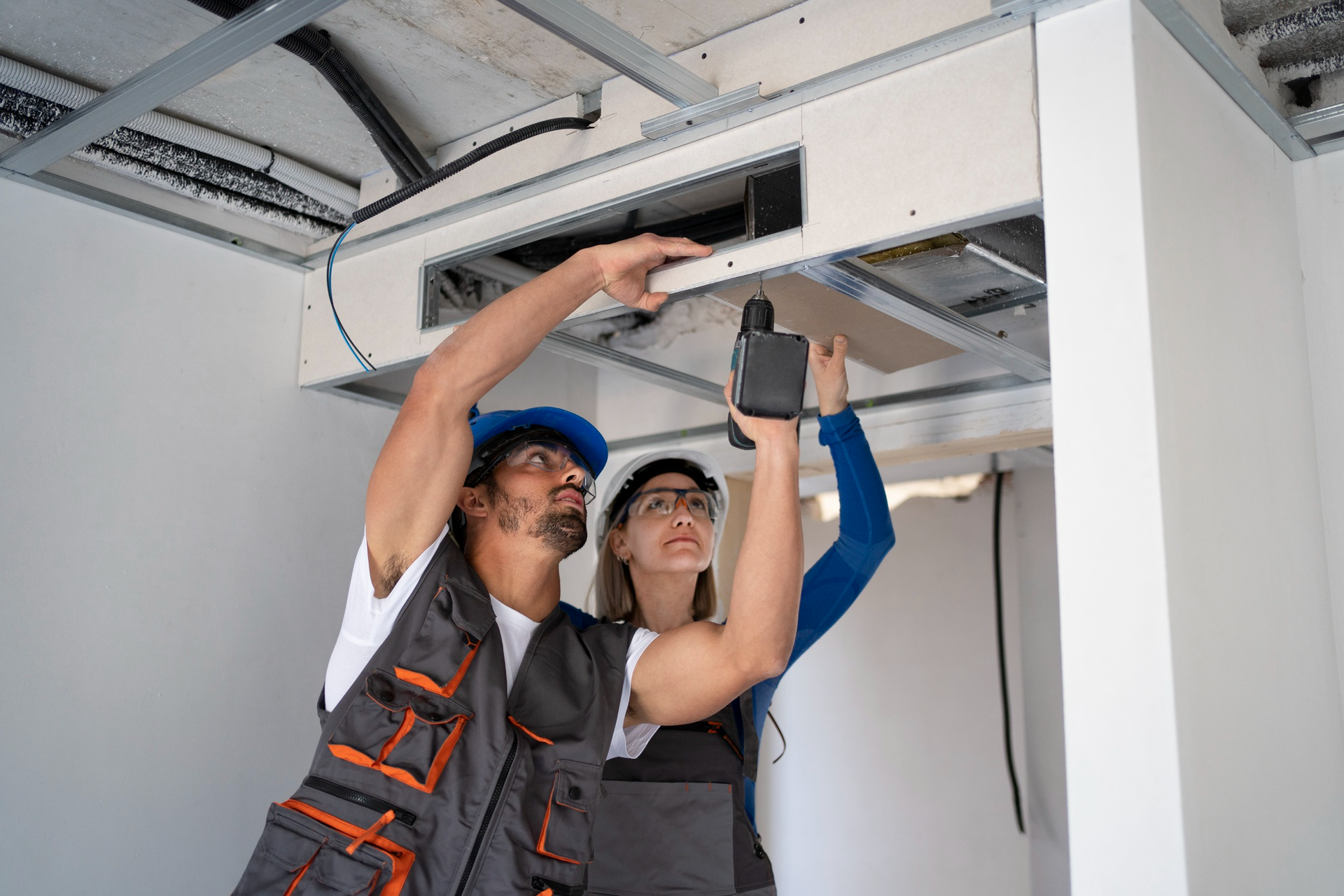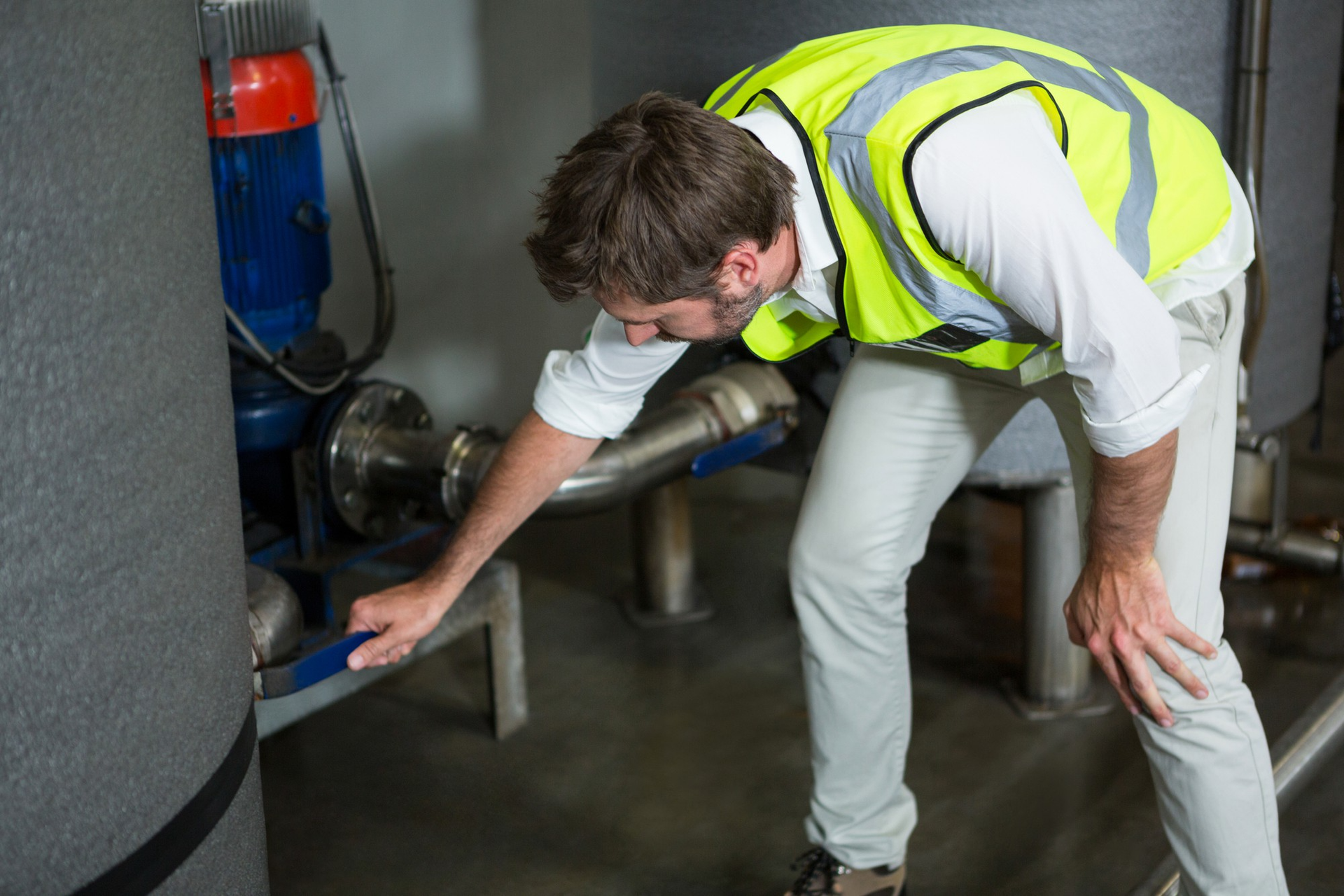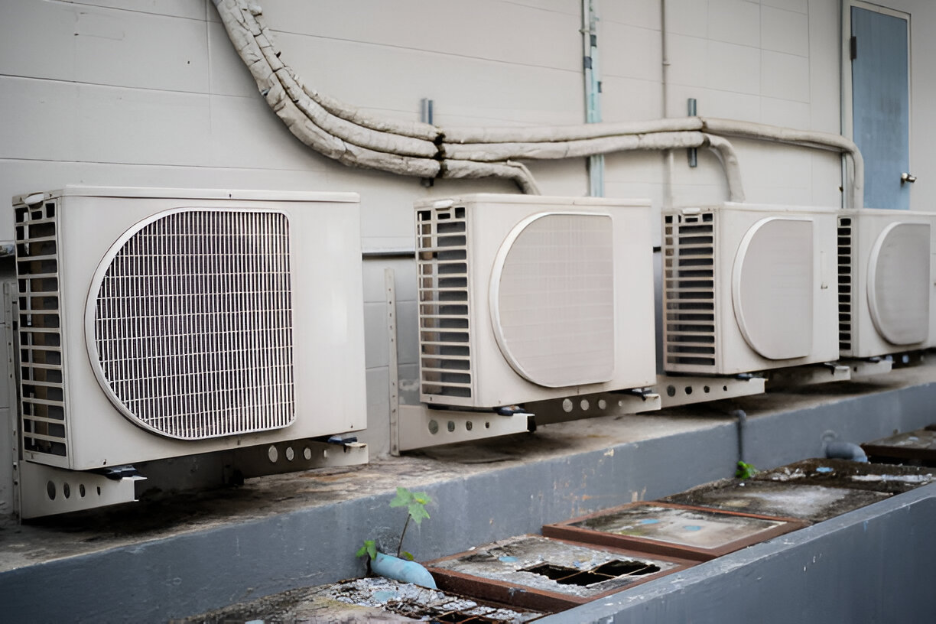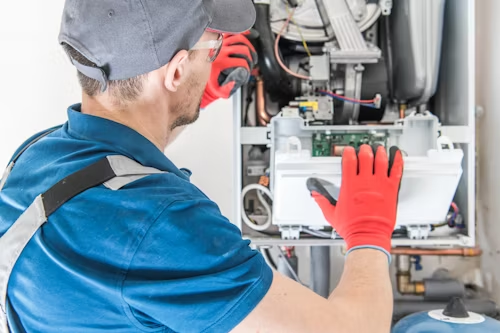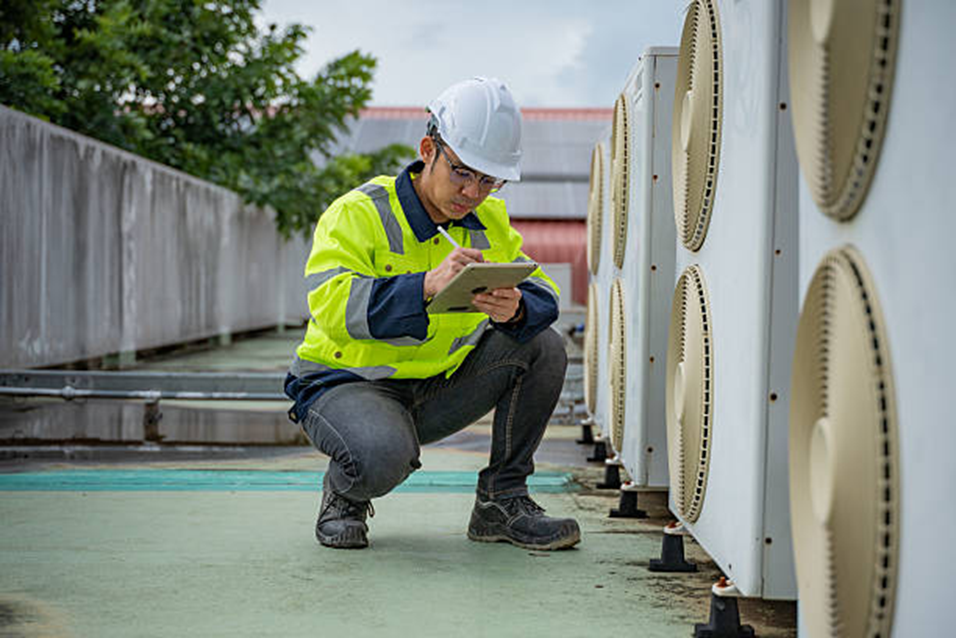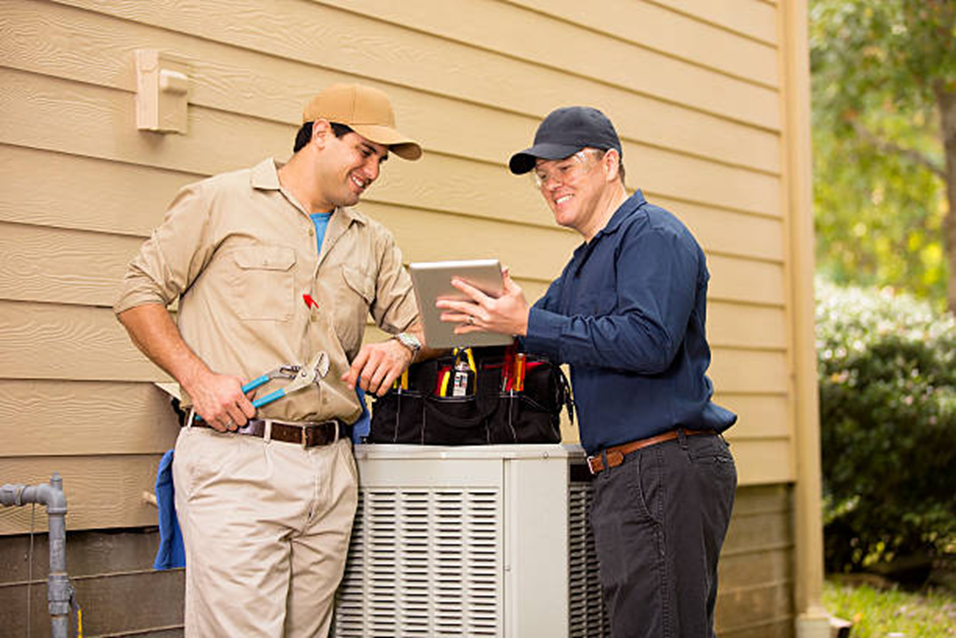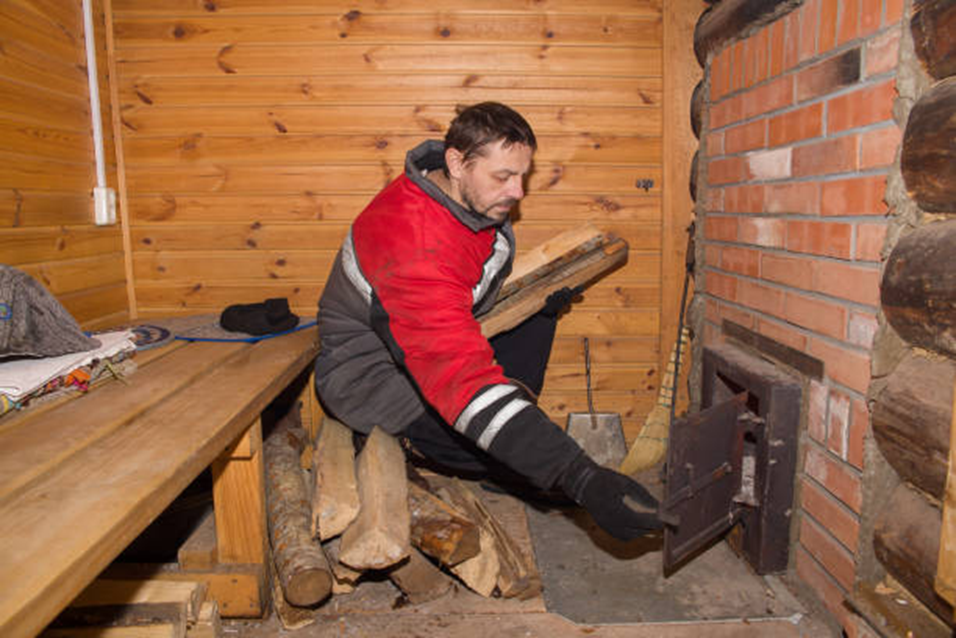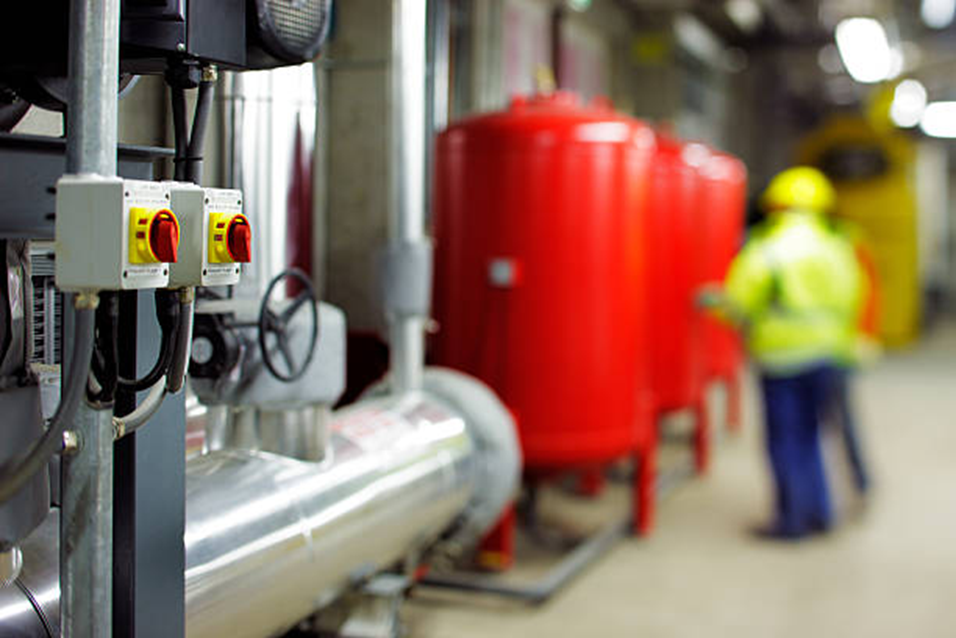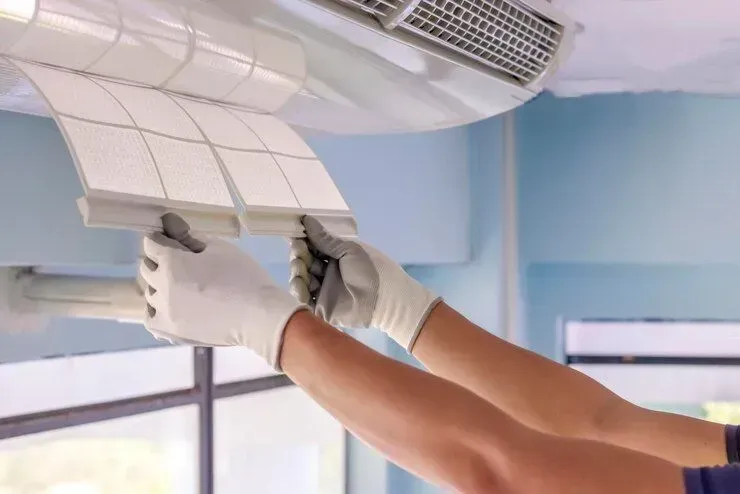Understanding Ductless Mini Split Installation for Efficient Heating and Cooling
Ductless mini split systems are gaining popularity among homeowners looking for efficient, flexible, and cost-effective heating and cooling solutions. With easy installation and the ability to control temperatures in specific zones, these systems are a versatile alternative to traditional HVAC setups. This guide will explore everything you need to know about ductless mini splits, their benefits, installation process, and maintenance.
What is a Ductless Mini Split System?
A ductless mini split system, also known as a ductless heat pump or split air conditioner, provides heating and cooling without requiring air ducts. Unlike central HVAC systems, these units consist of an outdoor compressor unit and one or more indoor air-handling units connected by refrigerant lines. This design allows each indoor unit to be controlled independently, creating a "zoned" HVAC system.
How Does Ductless Heating and Cooling Work?
Ductless systems work by transferring heat between the indoor and outdoor units:
Cooling Mode: In summer, the system absorbs warm air from inside the house and transfers it outside, leaving cooler air indoors.
Heating Mode: In winter, it reverses this process, drawing in heat from outside and circulating it indoors, even in colder temperatures.
These systems offer an energy-efficient way to heat or cool specific rooms, providing year-round comfort with minimal energy consumption.
Benefits of Ductless Mini Split Installation
Installing a ductless mini split system can transform your home’s comfort and energy efficiency. Here’s a closer look at some key advantages:
1. Energy Efficiency
Ductless systems reduce energy loss since they operate without air ducts, which can leak up to 30% of heated or cooled air in traditional systems.
Mini splits also use inverter technology to adjust the compressor speed according to the room’s needs, avoiding energy waste.
2. Flexible Temperature Control
With the ability to create "zones," each room can have its own temperature settings, eliminating temperature inconsistencies.
Ideal for homes with areas that are hard to heat or cool, such as garages, basements, or home additions.
3. Easy Installation Process
Installation is quicker and less invasive, requiring only a small hole in the wall for refrigerant lines.
Since no ductwork is involved, the process is much simpler and minimizes disruptions to your home.
4. Cost Savings Over Time
Although the upfront cost of a mini split system can be higher than traditional HVAC systems, homeowners often see long-term savings through reduced energy bills.
Many ductless systems are eligible for energy rebates, providing additional savings.
Key Components of a Ductless Mini Split System
Understanding the parts of a ductless system can help homeowners know what to expect from installation and how to maintain the unit. Here are the main components:
Outdoor Compressor: The outdoor unit compresses and circulates refrigerant to create hot or cold air.
Indoor Air Handlers: These wall-mounted units distribute air throughout the space. Each unit has its own remote or thermostat for personalized control.
Refrigerant Lines: Copper lines carry the refrigerant between the outdoor and indoor units, allowing temperature control without ductwork.
Drain Line: This component expels any condensation created during operation, ensuring that moisture doesn’t accumulate in the unit.
Ductless Mini Split Installation Process
When considering a ductless mini split installation, it's essential to understand the steps involved. Here’s a step-by-step guide to the typical installation process:
1. Choosing the Right Size and Location
A professional HVAC technician evaluates your space to determine the system size needed for optimal performance.
Ideal locations are selected for the outdoor compressor and indoor units to maximize efficiency and airflow.
2. Preparing the Installation Area
The technician drills a small hole through the wall for the refrigerant lines and drain pipes, minimizing damage to the property.
A sturdy mounting bracket is installed for the indoor unit, ensuring stability.
3. Connecting the Units
The refrigerant lines, electrical cables, and drain line are carefully routed from the indoor unit through the hole to the outdoor compressor.
Technicians test connections to ensure there are no leaks in the system.
4. Testing and Adjustments
Once installed, the system undergoes a series of tests to ensure all components work as intended.
Temperature settings and modes are adjusted to meet the homeowner’s needs, ensuring the system operates efficiently from day one.
For homeowners on Long Island, HVAC HERO provides licensed and experienced technicians to handle every step of the installation. This ensures your system is perfectly set up to keep your home comfortable all year.
Maintenance Tips for Ductless Mini Splits
Regular maintenance is essential for keeping ductless heating and cooling systems running efficiently. Here are some tips to maintain your mini split system:
1. Clean the Filters Regularly
Dust and dirt can accumulate in the filters, reducing airflow and efficiency. Clean filters monthly to maintain optimal performance.
2. Keep the Outdoor Unit Clear
Ensure the outdoor compressor has enough clearance for ventilation. Remove any debris, leaves, or dirt that could obstruct airflow.
3. Check for Leaks
Regularly inspect the refrigerant lines for any signs of leakage. Low refrigerant levels can reduce system efficiency and lead to costly repairs.
4. Schedule Professional Maintenance
An annual check-up by a professional technician helps catch any issues early and keeps your unit functioning at its best.
Ductless Mini Splits vs. Traditional HVAC Systems
For homeowners weighing ductless mini splits against traditional HVAC systems, here are some key distinctions:
Installation Complexity: Ductless systems are quicker to install as they require only a small wall hole, while traditional systems need extensive ductwork.
Energy Loss: Traditional systems can lose up to 30% of energy through duct leaks, while ductless systems avoid this issue, offering higher energy efficiency.
Upfront Costs: Traditional HVAC systems tend to have lower initial costs, but ductless mini splits save more in energy bills over time.
Flexibility: Ductless systems offer zoning capabilities, which is not typically possible with a single-zone traditional HVAC system.
When it comes to energy savings, flexibility, and ease of installation, ductless systems are an attractive choice. With ductless mini split installation by HVAC HERO, homeowners can achieve these benefits and more with expert support on Long Island.
Is Ductless Mini Split Installation Right for You?
Ductless mini splits are ideal for a variety of homes, especially those looking to upgrade to a more efficient, adaptable system. Homes with areas that are challenging to heat or cool, or those undergoing renovations, can particularly benefit from this system. Whether for a single room or the entire home, ductless mini splits provide customizable comfort and energy savings.
For reliable ductless mini split installation and repair on Long Island, reach out to Long Island HVAC HERO. Their licensed and experienced technicians will ensure your system is installed correctly, keeping your home comfortable in every season.
Frequently Asked Questions (FAQs)
How much does ductless mini split installation cost?
The cost varies based on the system's size, brand, and the number of indoor units required. On average, a single-zone system can cost between $3,000 and $5,000, including installation. Multi-zone systems are higher but offer greater flexibility for temperature control.
How long does a ductless mini split system last?
With proper maintenance, ductless mini splits can last 15 to 20 years, which is comparable to or even longer than traditional HVAC systems.
Can ductless mini splits be used in cold climates?
Yes, many ductless mini splits are equipped with advanced technology allowing them to operate efficiently even in cold weather. However, checking the system's temperature range is crucial to ensure suitability for your climate.
Are ductless systems suitable for large homes?
Ductless systems are scalable and can work well in large homes with multiple zones. However, installing several indoor units may be necessary to ensure consistent comfort throughout the home.
Do ductless mini splits improve air quality?
Yes, many ductless systems have advanced air filtration systems that help reduce allergens, dust, and pollutants in the air, contributing to improved indoor air quality.
Is ductless mini split installation messy?
No, installing a ductless system is less invasive than traditional ducted systems. With no ductwork required, it involves only minimal drilling and setup.
